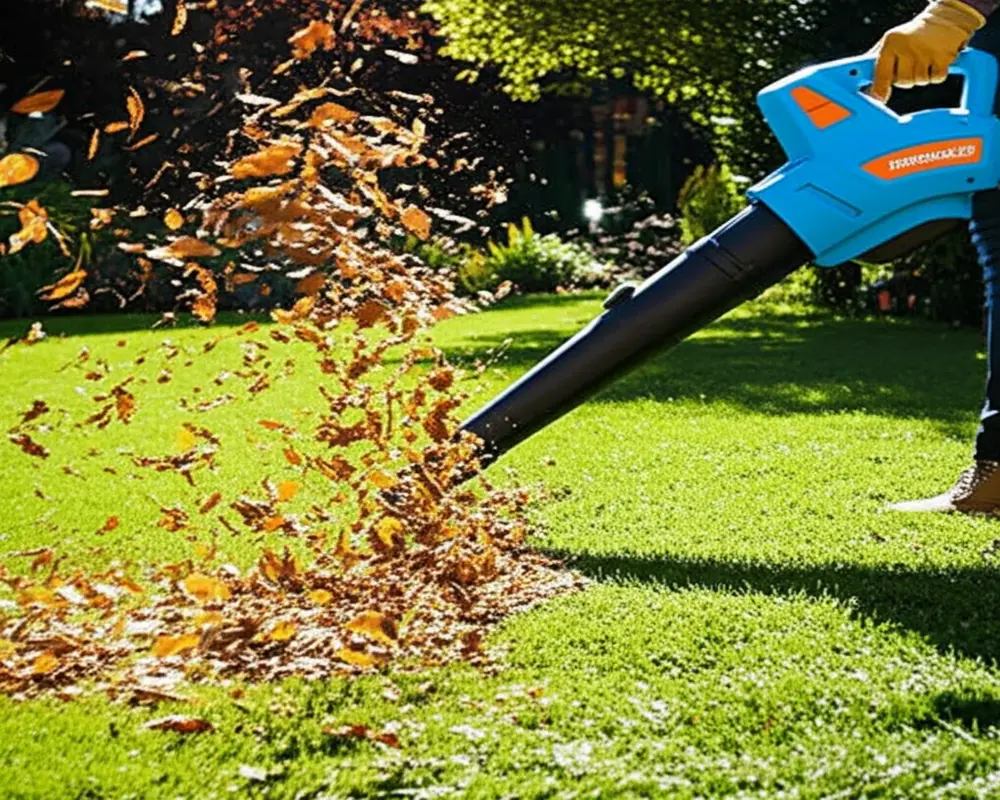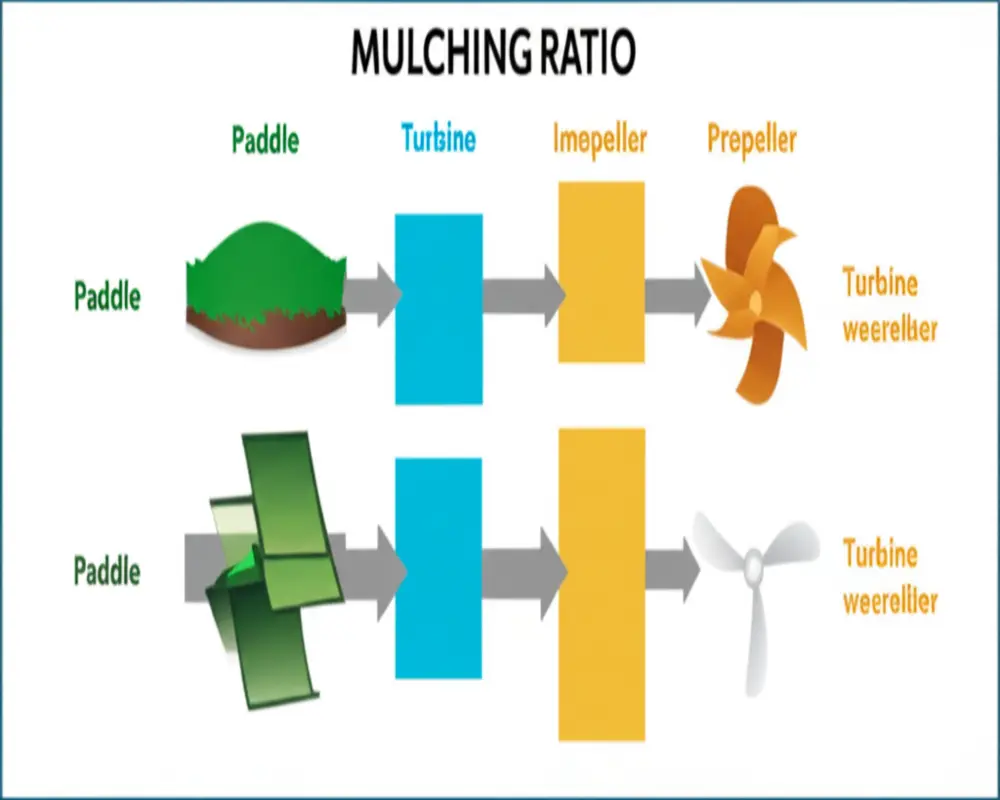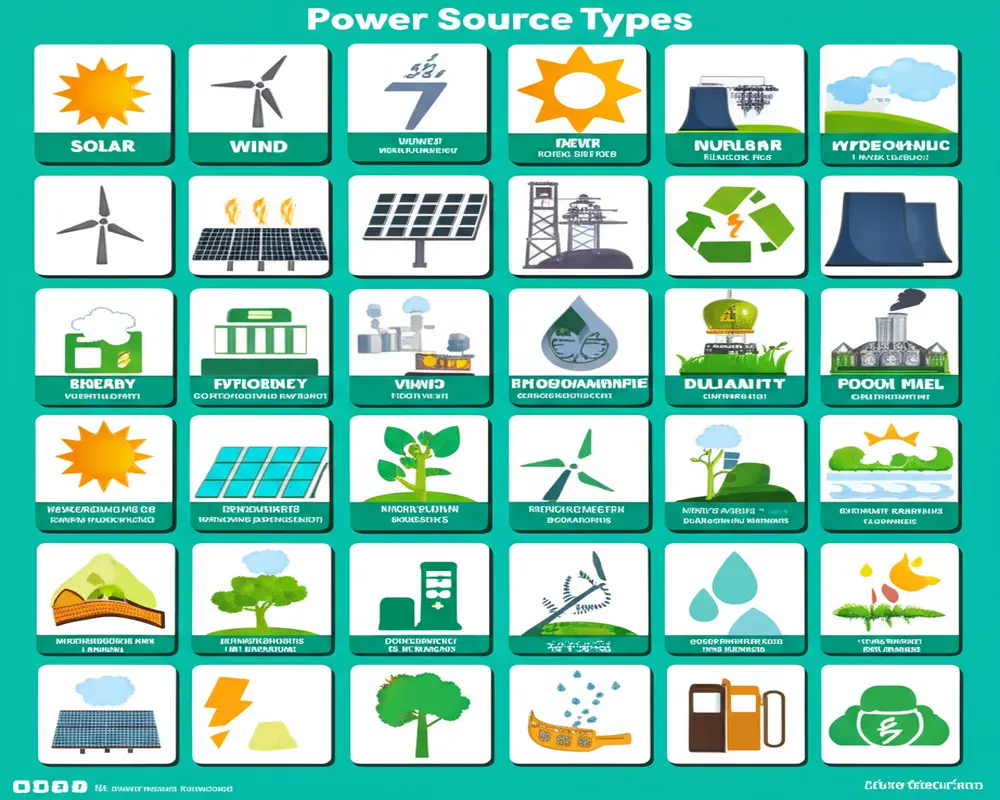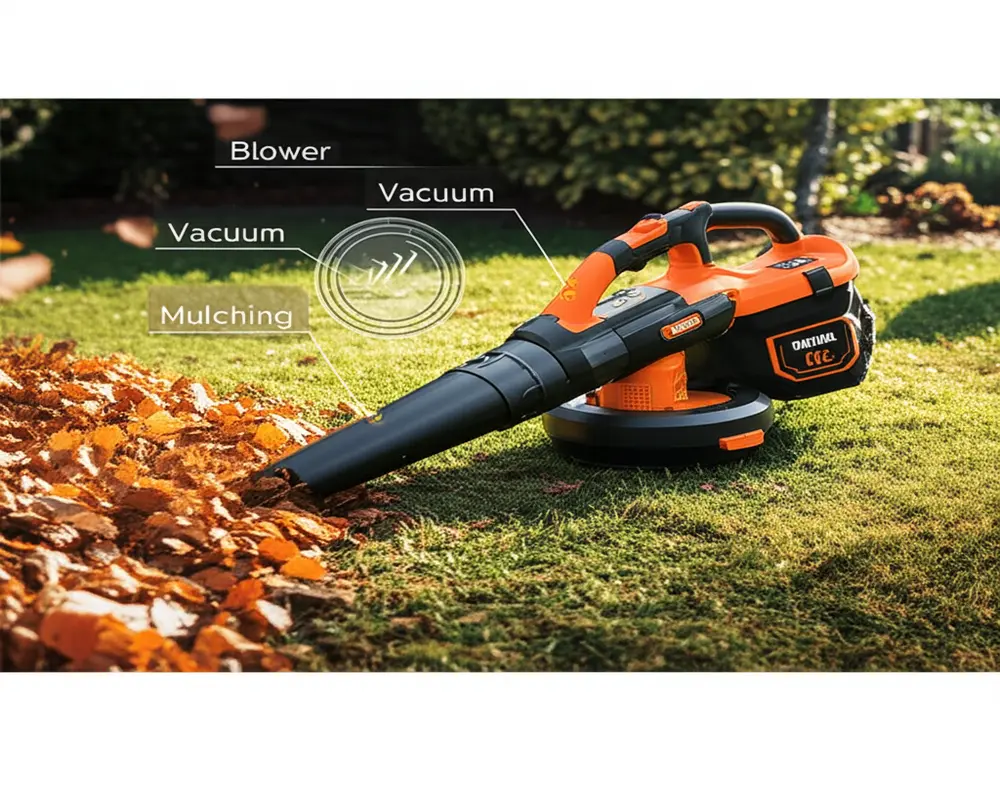Maintaining a pristine yard often requires more than just effort—it demands the right equipment. Among the most versatile tools available, the leaf blower vacuum combo stands out as an all-in-one solution, blending blowing, vacuuming, and mulching capabilities. This guide delivers an expert-backed, comprehensive resource to help you understand, select, and effectively use these tools, ensuring your yard care is both efficient and satisfying.
Our expertise comes from extensive hands-on testing, quantitative performance measurements, and insights gathered from landscaping professionals. Whether you’re a seasoned gardener or a homeowner seeking effortless yard maintenance, our 2025 buyer's guide equips you with the knowledge to make an informed purchase and master your leaf blower vacuum combo.
Understanding Leaf Blower Vacuum Combos: More Than Just a Tool
A leaf blower vacuum combo transcends the function of a simple power tool by integrating three essential yard care operations: blowing, vacuuming, and mulching. In blowing mode, the device emits a high-speed airflow through a specialized nozzle, efficiently relocating leaves and debris. Switching to vacuum mode, it uses suction to collect yard waste directly into an attached collection bag, simplifying cleanup. The mulching function then reduces the volume of collected debris, shredding leaves into finer particles that can be used as compost or easily disposed of.
The conversion between blowing and vacuuming modes varies by model. Some combos feature tool-free switching mechanisms, allowing users to alternate functions swiftly without additional equipment, while others require manual assembly or tool use to change configurations. This feature can impact convenience and workflow efficiency during yard work.
Compared to owning separate tools for blowing and vacuuming, these combos provide advantages in terms of cost savings, space efficiency, and operational convenience. Instead of managing multiple devices, one well-designed combo handles all tasks, reducing clutter and maintenance overhead.
However, practical considerations such as the tool's weight, the capacity of its collection bag, power output, and noise generated during operation are pivotal. Heavier models may cause user fatigue during extended use, while limited bag capacity necessitates frequent emptying. Additionally, power trade-offs often exist between corded electric, cordless battery-powered, and gas-powered options, influencing both performance and environmental impact.

The Definitive Buying Guide: Key Factors Before Purchase
1. Power Source Comparison
Choosing the right power source is fundamental to matching your leaf blower vacuum combo with your yard maintenance needs.
Corded Electric Models are praised for their consistent power supply, ideal for smaller yards near power outlets. They require minimal maintenance but restrict mobility due to the cord length.
Cordless Electric Combos offer the advantage of mobility without cords, powered by rechargeable batteries. Battery life and recharge time are critical considerations, especially for larger properties. Advances in battery technology continue to improve runtime and power, but these models typically come at a higher upfront cost.
Gas-Powered Leaf Blower Vacuums deliver robust power and extended operation, suitable for large, debris-heavy areas. They require more maintenance, including fuel management and engine upkeep, and produce emissions, which may be a factor in environmentally conscious choices.
Experts also emphasize the importance of vibration levels in these tools, as excessive vibration can cause user discomfort and fatigue over time. When selecting a model, consider vibration damping features to enhance ergonomic comfort.
2. Performance Metrics Explained
Understanding technical specifications is key to evaluating the effectiveness of leaf blower vacuum combos.
Cubic Feet per Minute (CFM) and Miles per Hour (MPH) are standard metrics measuring airflow volume and velocity, respectively. A higher CFM indicates the tool can move more debris at once, while higher MPH reflects stronger blowing force. For typical yard tasks, models delivering 400-600 CFM and 150-200 MPH balance power with manageable noise and control.
The mulching ratio reflects how much the tool can reduce leaf volume by shredding. For example, a 16:1 ratio means 16 units of leaves are mulched into one unit of debris. Mulching ratios depend on impeller design, with some types optimized for finer shredding. A diagram illustrating various mulching ratios and impeller types can clarify these options.

3. Ease of Use & Ergonomics
Weight and balance significantly affect how comfortable a leaf blower vacuum combo is during prolonged use. Look for models with ergonomic handle designs, adjustable straps for weight distribution, and wheels to ease movement when vacuuming heavy debris. The simplicity of switching between modes also contributes to user experience; tool-free conversions reduce downtime and frustration.
4. Bag Capacity & Design
Collection bag volume should correspond to the size of your yard and the amount of debris typically collected. Larger bags reduce the frequency of emptying but can add weight and bulk. Durable materials extend bag lifespan, and convenient emptying mechanisms, such as quick-release zippers or handles, enhance usability.
5. Noise Levels and Hearing Protection
Leaf blower vacuum combos generate noise levels ranging widely based on power source and design. Gas-powered models often exceed 70 decibels (dB), while electric models tend to operate quieter. Prolonged exposure to noise above 85 dB can damage hearing, so using hearing protection is advisable. Refer to safety guidelines from OSHA for outdoor power equipment noise standards and protection recommendations.
6. Durability & Build Quality
Robust construction materials and quality assembly influence a tool's longevity and reliability. Metal impellers and reinforced housings withstand wear better than plastic counterparts, especially for mulching and vacuuming operations. Consider brands known for durable products and available warranties.
7. Additional Features
Variable speed controls allow users to adjust airflow power to suit different tasks, optimizing efficiency and battery life. Anti-clog systems prevent debris buildup that can hamper vacuum performance. Vacuum gates help regulate airflow, enhancing suction and mulching effectiveness.
Our Top-Rated Leaf Blower Vacuum Combos of 2025
We have conducted rigorous testing through controlled environments, assessing quantitative metrics such as CFM and MPH, qualitative factors like ergonomics, and long-term reliability. Here is a summary of our category winners based on these comprehensive evaluations:
- Best Overall: Stihl SH 86 C-E — combines powerful gas engine performance with user-friendly features.
- Best Cordless: Greenworks Pro 80V — offers excellent battery life and mobility with robust electric power.
- Best Corded Electric: Husqvarna 125BVx — delivers consistent power suited for small to medium yards.
- Best Gas-Powered: Echo PB-580T — known for its strong suction and mulching capabilities.
- Best Value/Budget: Ryobi RY40460 — affordable yet effective for basic yard cleanup.
- Best Mulching Capability: Toro UltraPlus 51619 — excels in reducing leaf volume efficiently.
- Most Lightweight & Ergonomic: Black+Decker BV6600 — easy to maneuver for extended periods.
For detailed reviews, specifications, and where to buy each model, visit the official manufacturer websites such as Stihl, Husqvarna, and Greenworks.
Head-to-Head Comparisons
Choosing between corded electric, cordless battery-powered, and gas-powered leaf blower vacuum combos depends on your specific needs. Below is a comparison chart summarizing key attributes:
| Power Source | Mobility | Power Output | Maintenance | Noise Level | Environmental Impact |
|---|---|---|---|---|---|
| Corded Electric | Limited by cord | Moderate | Low | Low to Moderate | Low |
| Cordless Electric | High (battery powered) | Moderate to High | Battery care required | Low | Low |
| Gas-Powered | High | High | Engine maintenance | High | Higher emissions |
Decision flowcharts and detailed model comparisons, such as Ryobi versus Greenworks, help pinpoint the best fit for your yard size and debris types.

Mastering Your Leaf Blower Vacuum Combo: Tips, Techniques & Safety
To maximize efficiency, adopt blowing techniques that direct debris into manageable piles before vacuuming. Adjust speed settings to suit leaf density, avoiding clogging. Seasonal maintenance is vital: regularly clean or replace air filters, inspect impellers for wear, and check battery health for cordless models.
Safety precautions include wearing hearing protection when operating noisy equipment, eye protection to guard against flying debris, and gloves for grip and hand safety. Always adhere to manufacturer guidelines and OSHA outdoor tool safety standards to prevent accidents.
Common Issues & Troubleshooting
Common problems include difficulty starting, especially in gas-powered units, often resolved by checking fuel levels and spark plugs. Poor suction may result from clogged bags or impellers; routine cleaning helps maintain performance. Excessive noise or vibration can indicate loose components or worn parts, requiring inspection and possible replacement. Bag damage is typically due to overfilling or sharp debris—use bags designed for your model's capacity and purpose.
Frequently Asked Questions (FAQs)
- Can I vacuum wet leaves with a leaf blower vacuum combo?
- Vacuuming wet leaves is generally not recommended, as moisture can clog the impeller and reduce effectiveness. Some models specify wet leaf capability; consult your user manual.
- How often should I empty the collection bag?
- Empty the bag when it is about two-thirds full to avoid reduced suction and potential clogging.
- Are metal impellers better than plastic ones?
- Metal impellers are more durable and efficient for mulching but add weight. Plastic impellers are lighter and less expensive but may wear faster.
- How loud are leaf blower vacuum combos?
- Noise levels vary by power source, typically ranging from 60 dB (electric) to over 85 dB (gas). Hearing protection is advisable during use.
- Is the conversion process between blower and vacuum difficult?
- Many modern models offer tool-free conversion for ease, but some still require manual adjustments. Consider this when selecting a model.
- Do cordless models provide enough power for heavy debris?
- High-voltage lithium-ion battery models deliver substantial power, suitable for most yard tasks, though gas models still excel in heavy-duty applications.
- What is the ideal mulching ratio?
- A mulching ratio of 10:1 or higher efficiently reduces leaf volume, facilitating easier disposal or composting.
Conclusion: Your Path to a Pristine Yard
The leaf blower vacuum combo is a versatile, efficient tool that can transform how you maintain your outdoor space. By understanding the nuances of power sources, performance metrics, ergonomics, and maintenance, you position yourself to choose a model that fits your specific needs. This guide aims to empower you to make an informed decision, ensuring your yard remains clean, healthy, and inviting with minimal effort.
For additional practical gardening tools and tips, explore our articles on pruning shears handle comfort and hand cultivator buying guide. These resources complement your yard maintenance toolkit, enhancing your gardening experience.
Invest wisely in a leaf blower vacuum combo today and enjoy effortless yard care throughout the seasons.

